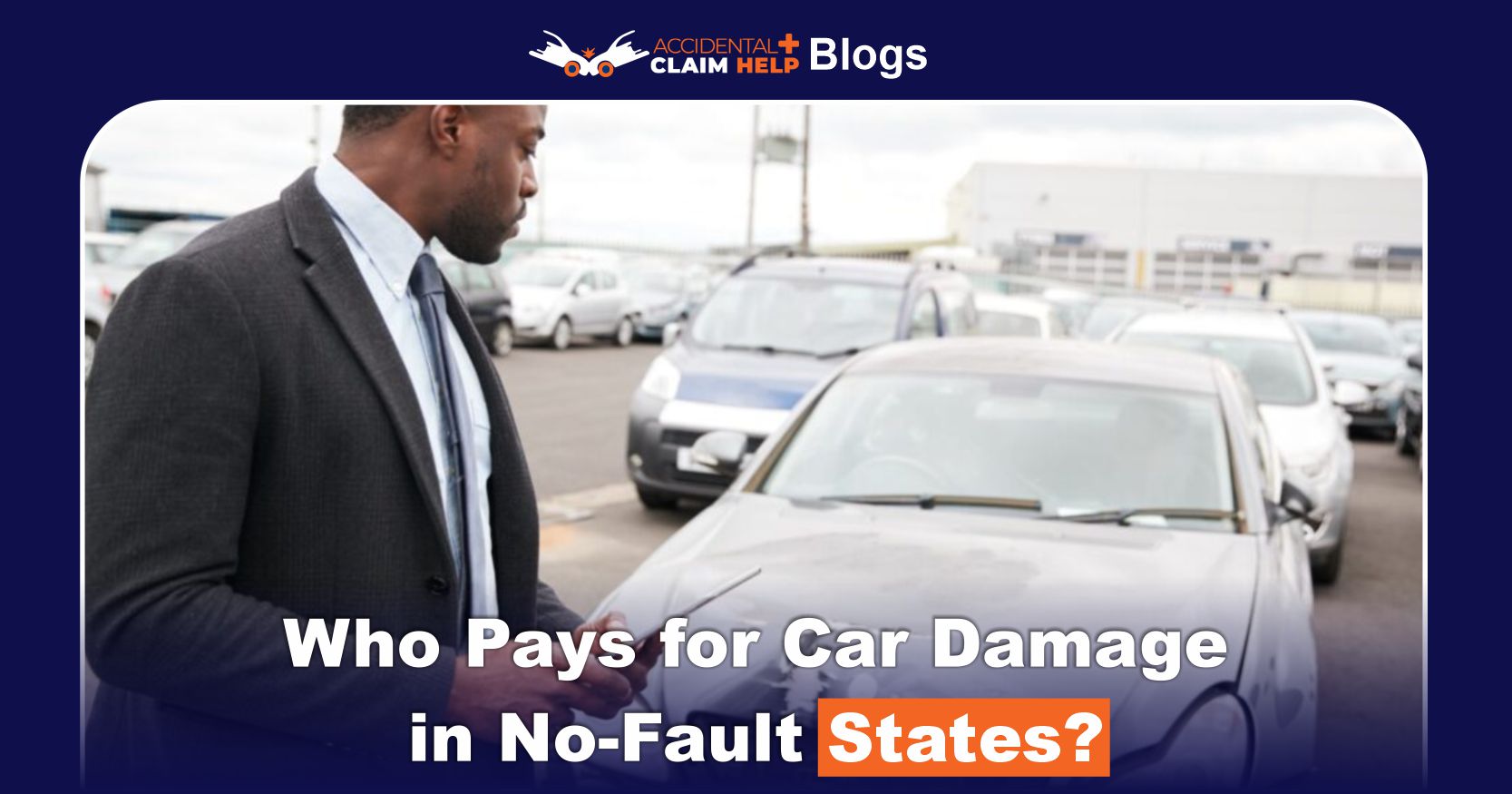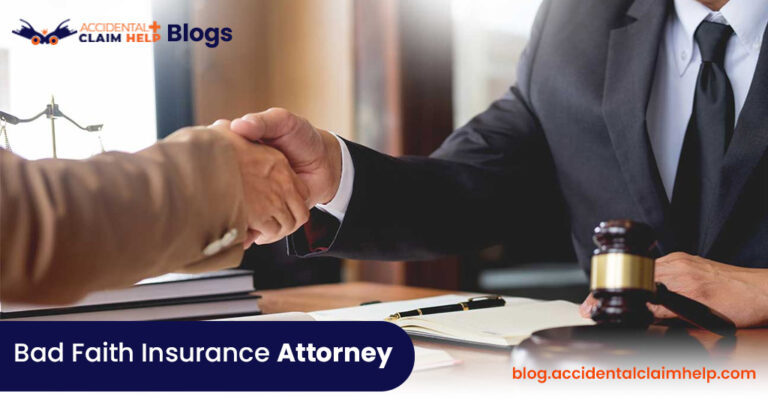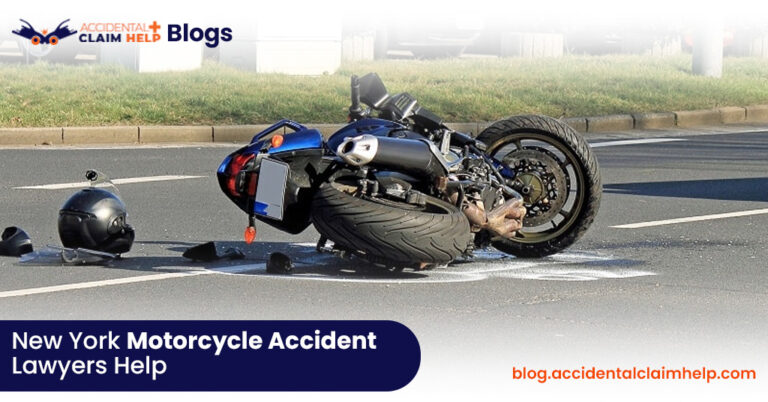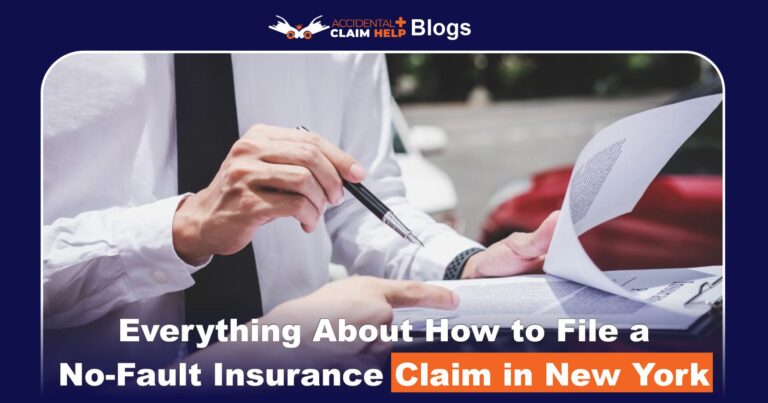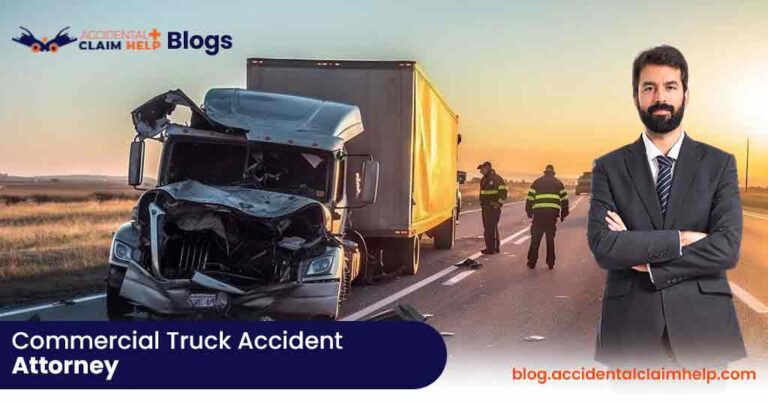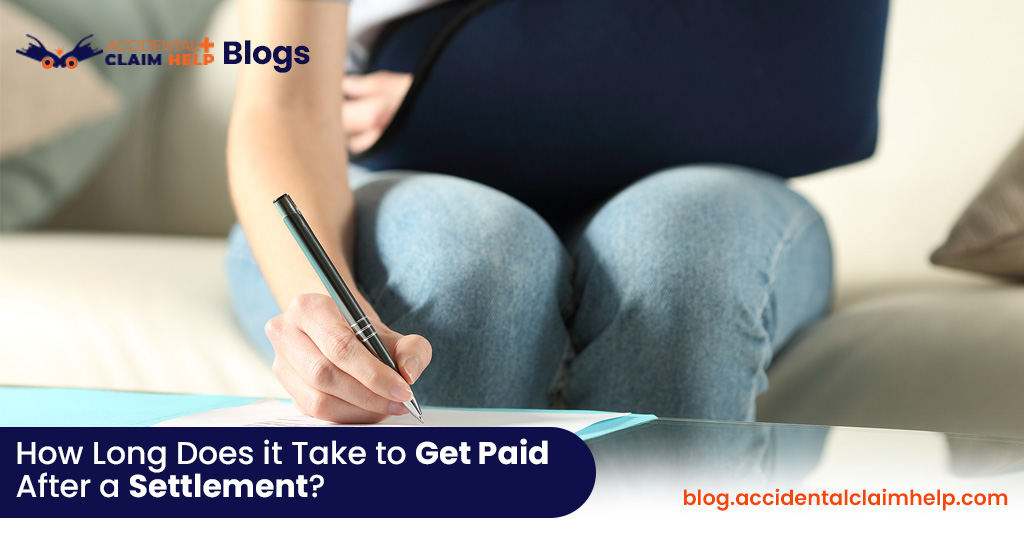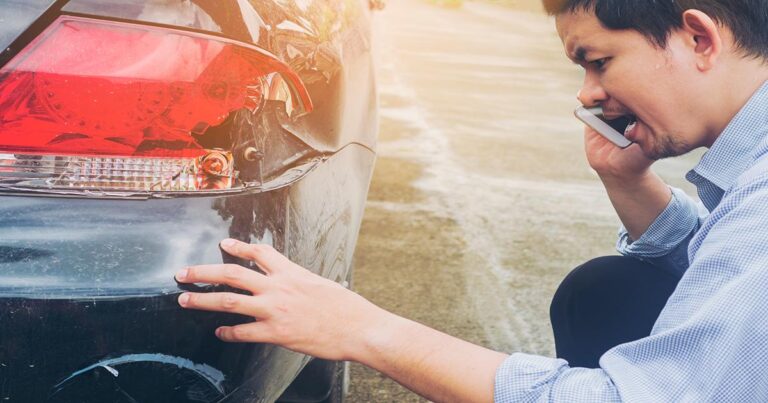Who Pays for Car Damage in No-Fault States?
No-fault auto insurance means each driver’s own policy pays for their injuries after a crash, regardless of fault. However, PIP benefits do not pay for vehicle repairs. Instead, collision damage is typically handled by the at-fault driver’s liability insurance. In practice, if another driver hits your car, you file a claim with their property-damage liability (PDL) coverage. If the at-fault motorist is uninsured or underinsured, then your own optional coverage (collision or uninsured-motorist) would cover the rest.
Florida
Florida law requires at least $10,000 of PIP and $10,000 of property-damage liability insurance. PIP pays 80% of medical costs and 60% of lost wages after a crash, but it pays nothing toward vehicle damage. A separate liability policy covers the at-fault driver’s property damage (like damage to your car) up to $10,000 per accident. So if another driver injures your car, you can claim repairs from their PDL up to that limit. If the at-fault driver has no insurance, your own optional collision or uninsured motorist coverage would handle the repairs (subject to your deductible). Florida allows a deductible up to $1,000 on PIP and $500 on PDL, but collision claims always require the collision deductible.

Michigan
Michigan’s no-fault law requires unlimited PIP for injuries and high property coverage. Every policy includes Property Protection Insurance (PPI), which pays up to $1,000,000 for damage you cause to other people’s property, including their cars. However, PPI does not cover damage to your own vehicle. In other words, if another driver hits you in Michigan, their PPI will pay to repair your car. If you hit someone else, your PPI covers their car. If an at-fault driver is uninsured or drives out-of-state, you would use your own collision coverage to fix your vehicle. Michigan law also has a “mini-tort” provision: you can sue an at-fault driver for up to $3,000 of your vehicle damage not covered by insurance.
New York
New York drivers must carry at least $50,000 of PIP benefits per person and $10,000 of property damage liability. As in other no-fault states, PIP in New York pays medical expenses for injuries but does not cover car repairs. Instead, if another driver crashes into your car, you file a claim under their property-damage liability (up to $10,000 per accident). If that limit isn’t enough, you would use your own collision or uninsured motorist property coverage to pay the difference. New York uses a pure comparative negligence rule, so even if you share some fault, you can still recover repair costs reduced by your percentage of fault.
Frequently Asked Questions
If I’m not at fault, what happens?
You would claim against the at-fault driver’s insurance for your vehicle damage. That driver’s liability policy pays for your repairs up to its limit. If the other driver has no insurance or insufficient limits, you must use your own collision or uninsured motorist coverage to get your car fixed (minus your deductible).
Do I still pay a deductible?
Yes – whenever you use your own collision or uninsured coverage, the standard deductible applies. Claims paid by the at-fault driver’s liability have no deductible for you. (Note: Florida’s PIP and PDL coverages allow deductibles on injury coverage, but that does not affect vehicle damage claims.)
Does my insurance always cover my car?
Only if you carry collision (or uninsured motorist property damage). No-fault PIP will never pay for vehicle repairs. If you lack collision coverage, you rely solely on the at-fault driver’s liability policy (and any state mini-tort). Without collision or UMPD, any damage beyond the at-fault policy’s limit would come out of pocket.
After a crash, drivers should promptly gather evidence and inform insurers. Start by calling the police to report the crash (especially if there are injuries or over $500 damage in Florida). Take detailed photos of all vehicles and the scene, and collect contact and insurance information from all involved. Next, notify your own insurance company and the other driver’s insurer as soon as possible. Keep all receipts for towing, rentals, or repair estimates. Finally, if the other insurance company disputes fault or limits, consider consulting an attorney for guidance.
- Report to the police. Obtain an official accident report to document fault and damage.
- Document the scene. Photograph damage, note the time/place, and record witness information.
- Notify insurers. Call your insurer (and the other party’s, if needed) quickly to start your PIP and damage claims.
- Keep records. Save bills and receipts for repairs, rentals, and related expenses.
- Seek help if needed. If fault or coverage is disputed, an experienced car-accident attorney can advise you.
Conclusion
In no-fault states, your car’s repairs generally come from the at-fault driver’s insurance, not your PIP policy. Carrying collision and uninsured motorist coverage ensures you can fix your vehicle immediately while insurers sort out payment. Always report the crash and document everything right away. Understanding your state’s no-fault rules (PIP for injuries, liability for damage) and taking the right steps after an accident will help you get your car repaired and back on the road as quickly as possible.

